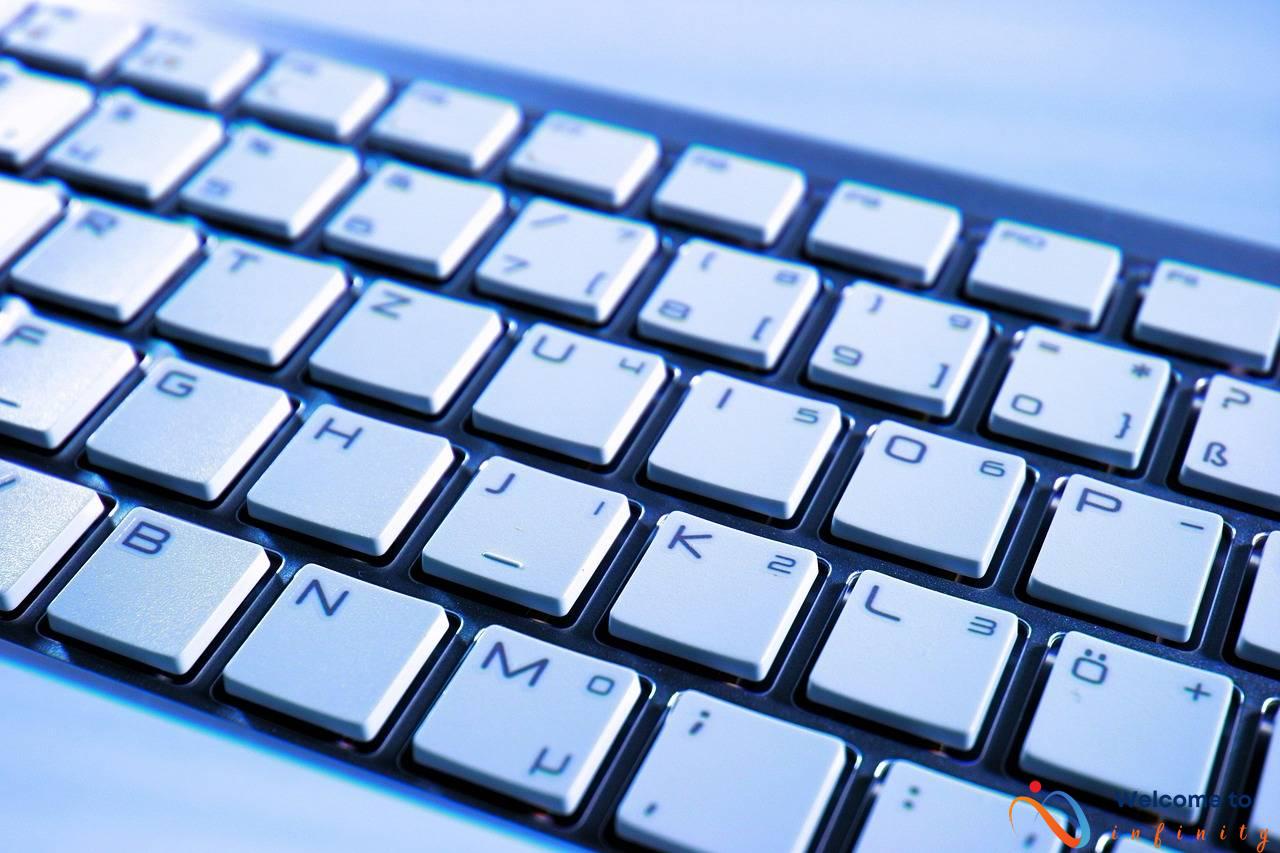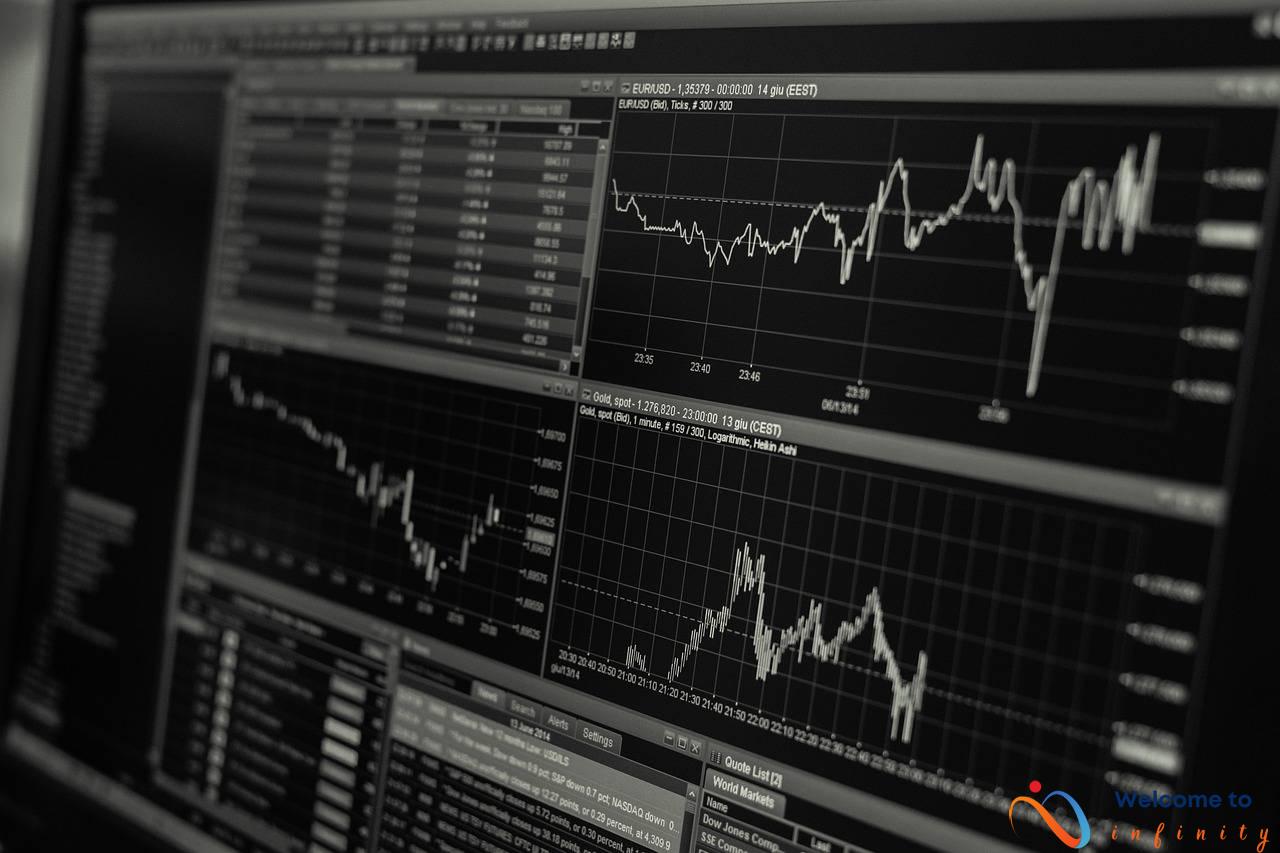drone technology has come a long way in recent years, evolving from military use to being widely adopted for commercial and personal purposes. The advancements in technology have allowed drones to become more versatile, efficient, and cost-effective, making them a popular tool in a variety of industries.
Commercially, drones have proven to be incredibly useful in industries such as agriculture, construction, and film production. In agriculture, drones have been used to map fields, monitor crop health, and even spray crops with pesticides more efficiently and precisely. In construction, drones are used to survey land and track progress, and in film production, drones provide filmmakers with aerial footage that was previously unattainable without expensive equipment.
Future advancements in drone technology have the potential to revolutionize the delivery industry, with companies such as Amazon and UPS already testing the use of drones for delivering packages. Drones could deliver packages faster and more efficiently than traditional methods, especially in rural areas where transportation can be challenging. Research and development are also ongoing to improve the battery life of drones so that they can travel longer distances and carry heavier loads.
- Drones are also being used for recreational purposes, such as photography, racing, and hobby flying. They have become an affordable and thrilling way for individuals to capture stunning aerial photographs and explore the skies.
However, as with any new technology, drones have sparked legal and societal concerns. Laws and regulations surrounding drone use continue to evolve in an attempt to balance the benefits of the technology with public safety and privacy. It's essential for drone pilots to adhere to these regulations to ensure the safety of those around them.
Overall, the future of drone technology is exciting and full of potential. As the technology becomes more advanced, we can expect to see drones being used more widely and in new and innovative ways, from transportation to emergency response, to even space exploration.
The History of Drones
The history of drones can be traced back to the early 1900s when Nicola Tesla introduced the idea of a remote-controlled vehicle. However, it was not until world War I that drones were first used in military applications. Aerial torpedoes, also known as the precursor to modern-day drones, were used to attack enemy targets and collect reconnaissance data. World War II saw further advancements in drone technology, with the introduction of unmanned aerial vehicles or UAVs that were fitted with cameras and used for surveillance.
In the decades that followed, the use of drones continued to expand in military applications. In the 1960s, drones called “QF-4s” were created with the sole purpose of being shot down for target practice. during the 1991 Gulf War, drones were used for the first time as weapons, dropping bombs on enemy targets. The use of drones in military applications has continued to evolve, with modern-day drones being equipped with advanced technologies like artificial intelligence and facial recognition software.
As technology continues to progress, drones are now being utilized in various commercial and personal applications. Today, drones are being used in industries such as agriculture to provide farmers with data on crop health and yield. Construction companies are using drones to collect data on job sites and monitor progress. In the film industry, drones are being used to capture unique angles and aerial shots. Additionally, drones are being used for recreational purposes, such as photography, hobby flying, racing, and more.
- The advancements made in the field of drone technology have been significant. From being exclusively used in military applications to now being used in a range of fields, drones have come a long way.
- The use of drones in commercial applications is rapidly expanding, and the potential for them in the future is endless.
- However, with the increased use of drones, there are also concerns regarding safety and privacy. Regulations are continuously being put in place to ensure that drones are used responsibly.
In conclusion, the evolution of drone technology from military use to commercial and personal applications has been significant. The future of drone technology is exciting, and with advancements being made in various fields, it is not difficult to envision the potential benefits they could provide society. However, as with any new technology, it is essential to ensure their safe and responsible use.
Commercial Uses for Drones
While drones were once primarily utilized for military purposes, their expansion into the commercial world has revolutionized a variety of industries. One area in which drones have gained significant traction is in agriculture, where they are used to survey crops, measure moisture levels, and even apply fertilizers and pesticides. By providing farmers with real-time data and analysis, drones are able to drastically increase efficiency and productivity.
In the construction industry, drones have become an indispensable tool for site surveys and inspections. They are used to generate 3D models and maps, monitor progress, and identify potential safety hazards. By utilizing drone technology, construction companies are able to streamline workflow processes and complete projects more quickly and accurately.
Another area in which drones have made a significant impact is in the film industry. They offer filmmakers a unique perspective and the ability to capture aerial shots previously only achievable through the use of expensive equipment and helicopters. In addition, drones are able to get up close and personal with the action, providing immersive footage that engages audiences and adds to the overall production value.
- Drones in agriculture:
- Survey crops
- Measure moisture levels
- Apply fertilizers and pesticides
- Drones in construction:
- Site surveys and inspections
- Generating 3D models and maps
- Monitor progress and identify potential hazards
- Drones in film production:
- Aerial shots
- Up close and personal footage
- Production value
The growing popularity of drones in various industries has led to increased job opportunities and a growing market for drone-related services. As technology advances and new applications are discovered, drones will continue to play an important role in the commercial world.
The Future of Delivery
The delivery industry is one of many that have shown a keen interest in the use of drone technology. Companies such as Amazon and UPS are already testing drones for short-range delivery, and the potential benefits are vast. Drones can rapidly and efficiently transport packages to their destinations, eliminating the need for delivery trucks and potentially reducing traffic congestion.
One of the primary advantages of using drones for delivery is their capabilities in reaching destinations that would be otherwise difficult or impossible to access. Rural areas or remote islands can now receive deliveries without requiring costly infrastructure improvements. Drones can also quickly and easily navigate through congested areas, such as busy city streets, to deliver packages directly to a customer's doorstep.
However, there are a few challenges that must still be overcome before drones can become a commonplace delivery method. Most notably, drones are still relatively limited in terms of the weight and size of packages they can carry. Regulations and safety concerns must also be addressed, such as avoiding collisions with other unmanned vehicles or people on the ground.
Moreover, the integration of drones into the delivery industry may require a significant shift in infrastructure and workforce. Delivery companies would need to invest in drone technology and establish new protocols for managing and deploying drones. Successful implementation would require human pilots and support staff to monitor and manage the drones remotely.
Despite these challenges, the future of delivery looks promising with the continued evolution of drone technology. The use of drones can not only improve the efficiency and speed of delivery, but also the cost-effectiveness of the service. The opportunities for innovation and growth are enormous, and it's becoming clear that drones will play a significant role in the future of the delivery industry.
Advancements in Drone Technology
The field of drone technology is rapidly evolving, with new advancements being made constantly. Research and development are ongoing in order to make drones more efficient, reliable, and capable of performing increasingly complex tasks.
One major area of advancement is in the development of drone swarms, which allow multiple drones to work together and share information. This has potential applications in everything from search and rescue operations to environmental monitoring.
Another area of focus is the development of more sophisticated sensors, which can allow drones to detect and analyze data in real time. This can be used for applications such as monitoring crop growth, tracking wildlife populations, or detecting gas leaks.
There have also been significant improvements in battery technology, which has long been a limiting factor in drone flight times. New batteries are being developed that are smaller, lighter, and more efficient, allowing drones to fly for longer periods of time and cover greater distances.
Advancements in drone technology are also having an impact on future applications, such as drone taxis for transportation and drones for emergency response. It is even being explored how drones can be used in space exploration, potentially providing a way to gather data and help set up a base on other planets.
In conclusion, research and development in drone technology is constantly pushing the boundaries of what drones can do and their potential applications in various fields. As technology continues to evolve, it is likely that drones will become even more versatile and capable of performing complex tasks.
Personal Uses for Drones
Drones are no longer just for military applications or commercial industries. The advancements in drone technology have opened up the door for personal use and recreational activities. One of the most popular uses for drones in this category is aerial photography. Drones equipped with cameras offer a unique perspective and ability to capture stunning images from high above. They are widely used in landscape, real estate, and wedding photography industries.
Another emerging trend in drone technology is drone racing. It is a thrilling and exciting sport that has gained popularity in recent years. Pilots race their FPV (first-person view) drones through obstacle courses, and the winner is the one who completes the course the fastest. The sport requires skill, precision, and lightning-fast reflexes, making it entertaining to watch and participate.
Hobby flying is another popular use for drones in personal and recreational activities. People of all ages enjoy flying drones in parks and open spaces. They come in various shapes and sizes, from small and portable to large and complex, providing hours of fun and entertainment.
Despite the exciting and innovative uses of drones in personal and recreational activities, it is important to note that there are regulations and laws surrounding drone use. The Federal Aviation Administration (FAA) has established specific rules for flying drones and obtaining licenses for commercial use. It is crucial to follow these regulations to ensure the safety and privacy of others.
In conclusion, the advancements in drone technology have expanded the possibilities of personal use and recreational activities, including aerial photography, racing, and hobby flying. While these activities offer entertainment and excitement, it is essential to follow regulations to ensure safety and privacy. The future of drones in personal use is bright and promising, with endless possibilities for innovation and creativity.
The Legal and Social Implications
Drones have become increasingly popular in recent years, both commercially and for personal use. However, with the widespread use of drones, there have been concerns regarding privacy and safety. As a result, there has been a need for laws and regulations to govern their use, to ensure safety and protect privacy.
The United States has specific regulations for drone use under the Federal Aviation Administration (FAA). Drones must be registered with the FAA, and pilots must have a Remote Pilot Certificate to operate them for commercial use. Failure to comply with FAA regulations can result in fines or even jail time. Other countries also have regulations governing the use of drones, but they differ from one country to another.
Privacy concerns are one of the most significant challenges that drones face. Privacy advocates have raised concerns about the use of drones as they can film or photograph people unknowingly. Common examples include drones hovering near residential areas or even peeking into people's homes illegally. As a result, many people feel their privacy is being invaded. In some cases, drones may even be used for malicious purposes, such as harassment or stalking.
Safety is another significant issue with drone use. Drones can cause injury or damage property if not handled correctly or flown inappropriately. The FAA has set guidelines on safety measures that must be considered before flying a drone, including the maximum flying altitude, distance from airports, remote identification, and anti-collision lights.
In summary, while the use of drones has many benefits, there are also concerns surrounding their use. Laws and regulations have been put in place to govern their use and protect privacy and safety. Drones users should always be aware of these regulations and guidelines to avoid legal penalties and ensure safe operation.
The Future of Drones
Drones are constantly evolving and improving with new technology being developed rapidly. It is believed that drones will play an increasingly important role in several fields such as transportation, emergency response, and space exploration.
In terms of transportation, some experts predict that drones will soon be used to move people from one place to another, reducing traffic congestion and travel time. Companies like Uber and Airbus have already invested in drone technology for this purpose and are conducting tests to make this technology a reality in the near future.
Emergency response will also be improved with the use of drones equipped with advanced cameras and sensors that can quickly locate and assess the damage caused by natural disasters such as hurricanes, earthquakes, and wildfires. They can also be used to transport medical supplies, equipment and even organs for urgent medical procedures.
Drones will also be crucial in space exploration, particularly in places that are hard to reach for humans. NASA is already using drones to explore planets such as Mars, where they can collect data and images that help scientists in their missions.
As the technology behind drones continues to advance, there will no doubt be more predictions on how they will shape the future. However, much will depend on the regulations governing drone usage to ensure safety, privacy, and security. Proper guidelines would ensure that drones can be used effectively while reducing the risks and negative implications that can arise from their use.
In conclusion, the future of drones is exciting and limitless, with potential applications that can benefit humanity in many aspects of life. It is essential for individuals, organizations, and governments to work together to ensure that the technology is used in a responsible and ethical manner.











